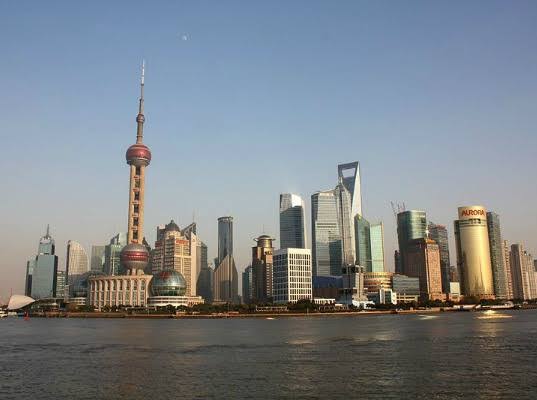
Faith Nyasuguta
A recent study published in the journal Science revealed that nearly half of China’s major cities are experiencing sinking, posing a significant threat of flooding to millions of residents.
Conducted by analyzing satellite radar pulses, the study found that 45% of urban land in China is sinking at a rate exceeding 3 mm per year, with 16% sinking at a rate surpassing 10 mm annually.
Among the most affected cities are Shanghai, Beijing, and Tianjin. Despite Shanghai already sinking approximately 3 meters over the past century, the city continues to subside.
The primary factor driving this phenomenon, according to experts, is excessive groundwater extraction, leading to the sedimentation of soils and subsequent subsidence.
Robert Nicholls, a climate adaptation professor at the University of East Anglia, emphasized the role of water extraction in causing subsidence, highlighting its detrimental effects on the structural integrity of buildings and critical infrastructure. He suggested that addressing the issue requires long-term and sustained control of groundwater extraction.
Subsidence not only poses immediate risks to infrastructure but also exacerbates the impacts of climate change, particularly in coastal cities where it reinforces sea-level rise. The economic toll of subsidence in China amounts to over 7.5 billion yuan annually.
The problem of subsidence extends beyond China, with approximately 6.3 million square kilometers of land globally at risk. Indonesia ranks among the countries most affected by subsidence, with significant implications for infrastructure and population displacement.
In the United States, over 17,000 square miles of land across 45 states have been directly affected by subsidence, primarily due to the exploitation of underground water resources.
The United States Geological Survey (USGS) highlights the threat posed by the increasing development of land and water resources, which has the potential to exacerbate existing subsidence problems and initiate new ones.

Over 80% of identified cases of subsidence in the US are attributed to the exploitation of underground water, highlighting the urgent need for sustainable management practices.
Addressing subsidence requires a multifaceted approach, including regulatory measures to control groundwater extraction, investment in infrastructure resilience, and concerted efforts to mitigate the impacts of climate change.
Collaborative action at the local, national, and international levels is essential to safeguarding communities and ecosystems from the adverse effects of subsidence.
RELATED:




